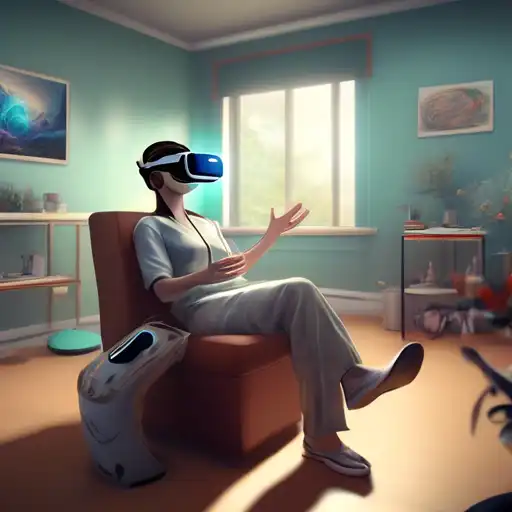The Transformative Role of Virtual Reality in Therapeutic Practices
Virtual Reality (VR) technology has transcended its initial entertainment-centric applications, paving the way for groundbreaking uses in therapy. This immersive technology is now a pivotal tool in treating various mental health conditions, offering patients and therapists innovative pathways to healing.
Understanding VR Therapy
VR therapy involves the use of virtual reality simulations to create controlled environments where patients can confront and work through their issues under the guidance of a therapist. This method has shown remarkable efficacy in treating conditions such as PTSD, anxiety disorders, and phobias.
Applications of VR in Therapy
The versatility of VR allows it to be tailored for a wide range of therapeutic applications. Below are some of the most impactful uses:
- Exposure Therapy: VR creates safe, controllable environments for patients to face their fears, such as heights or public speaking, without real-world risks.
- Pain Management: By immersing patients in calming virtual worlds, VR can significantly reduce perceived pain levels during medical procedures.
- Social Skills Training: Individuals with autism or social anxiety can practice and develop social interactions in a stress-free setting.
- Mental Health Rehabilitation: VR aids in the rehabilitation of patients with mental health conditions by simulating real-life scenarios for coping strategy practice.
Benefits of VR Therapy
VR therapy offers numerous advantages over traditional methods, including:
- Enhanced engagement and motivation for patients.
- Safe exposure to triggering scenarios without physical risks.
- Customizable environments to meet individual therapeutic needs.
- Cost-effectiveness in the long run, reducing the need for physical resources.
Challenges and Considerations
Despite its potential, VR therapy faces challenges such as high initial setup costs, the need for technical expertise, and ensuring patient comfort with the technology. However, ongoing advancements are steadily addressing these barriers.
The Future of VR in Therapy
As VR technology continues to evolve, its applications in therapy are expected to expand, offering even more personalized and effective treatment options. The integration of AI and machine learning could further enhance VR therapy's adaptability and precision.
For those interested in exploring the intersection of technology and mental health further, consider reading about the impact of AI on mental health.
In conclusion, VR is revolutionizing the therapeutic landscape, providing innovative solutions to age-old challenges. Its ability to simulate real-life scenarios in a controlled manner opens up new possibilities for treatment, making therapy more accessible and effective for a broader audience.
